
Predicting the Woman Hairstyles of the Future: 7 Trends Shaping the Next Decade | Tech & Sustainability
12 min read

12 min read

12 min read
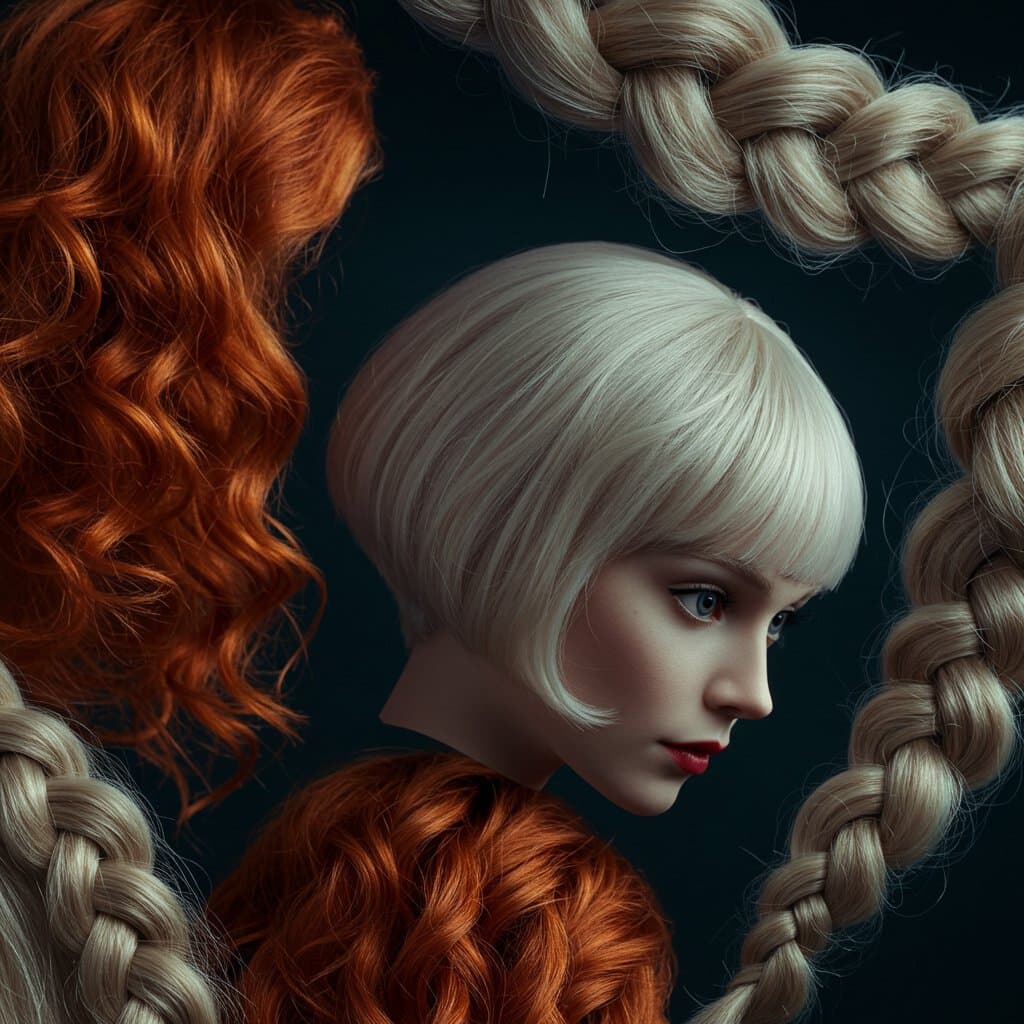
14 min read
Download our app to instantly see how you'd look with any hairstyle or color
Get the App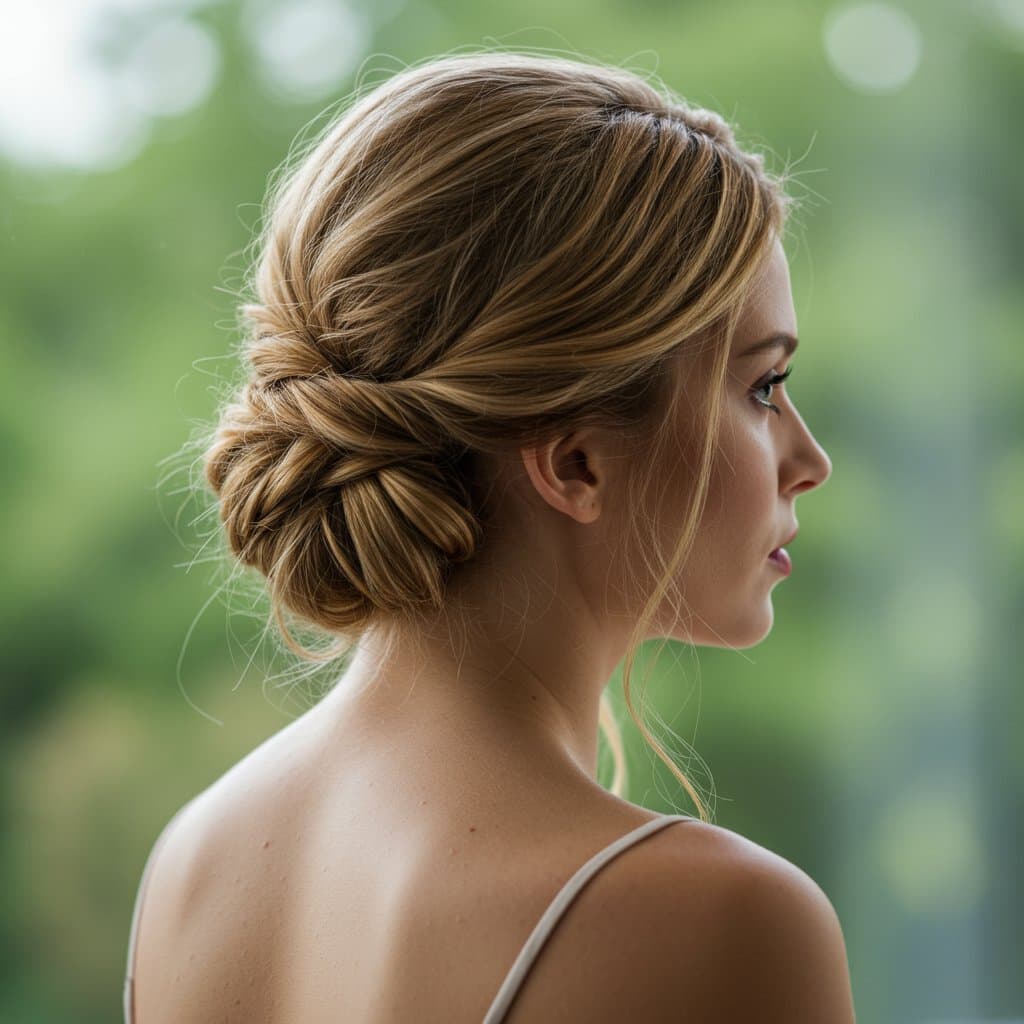
13 min read

11 min read
![The Butterfly Cut: Your Ultimate Guide to Effortless Layers & Maximum Impact | [Your Salon Name]](/_next/image?url=%2Fassets%2Fblog%2Feffortless-layers-maximum-impact-everything-you-need-to-know-about-the-butterfly-cut%2Fhero_shot_of_woman_with_butterfly_cut.png&w=3840&q=75)
11 min read
Download our app to instantly see how you'd look with any hairstyle or color
Get the AppIn the quest for beautiful, bouncy curls and romantic waves, many of us instinctively reach for a curling iron or hot rollers. While these tools deliver quick results, their reliance on high temperatures can lead to significant hair damage over time, including dryness, breakage, and split ends. Enter the game-changing solution: no-heat curls. This collection of techniques allows you to achieve stunning, long-lasting texture while your hair is protected, often as you sleep. By skipping the thermal styling, you're not just creating a beautiful look; you're actively promoting the long-term health and integrity of your hair.

Achieving beautiful waves overnight is more than just a convenient styling hack—it's a commitment to healthier hair care practices. The principle is simple: set damp hair into a desired shape and allow it to air-dry completely, locking in the pattern without a single blast of damaging heat. From classic braiding methods to modern silk curling ribbons, the options are diverse and adaptable to various hair types and lengths. This comprehensive guide will walk you through everything you need to know, from prepping your hair for success to mastering different techniques and ensuring your heatless waves last all day. Prepare to wake up to the hair of your dreams, effortlessly.
To appreciate the benefits of no-heat styling, it's essential to understand what happens to your hair when exposed to high temperatures. Each hair strand is protected by an outer layer called the cuticle, which resembles overlapping shingles. Heat styling tools, which can reach temperatures of over 400°F (200°C), can cause these cuticles to lift and crack, exposing the inner cortex. This leads to moisture loss, making the hair brittle, dry, and prone to frizz. Furthermore, the intense heat can permanently damage the keratin proteins that give hair its strength and elasticity, leading to irreversible breakage and a loss of natural shine. Over time, this cumulative damage can thin the hair and make it difficult to manage.

By embracing no-heat curls, you sidestep this entire cycle of damage. Air-drying hair in a set position is a gentle process that respects the natural structure of your hair. It allows the hair's hydrogen bonds to be reformed in a new shape as the water evaporates, all without the damaging effects of thermal shock. This method helps maintain the hair's natural moisture balance, keeps the cuticle smooth and sealed, and preserves the integrity of its protein structure. The result is not only a beautiful style but also hair that is visibly healthier, shinier, and more resilient. It’s a proactive approach to beauty, where the styling process itself becomes a form of hair care.
Great results begin with proper preparation. The success of any no-heat curling method hinges on how you ready your hair beforehand. The goal is to create the perfect canvas: clean, conditioned, and at the ideal level of dampness. Starting with freshly washed hair is often best, as it removes any product buildup or oils that could weigh your curls down. Use a lightweight, hydrating shampoo and conditioner to ensure your hair is moisturized without being overly slick. After washing, gently towel-dry your hair using a microfiber towel or an old cotton t-shirt. These materials are much gentler than traditional terrycloth towels and help to reduce frizz and prevent cuticle damage from the start.
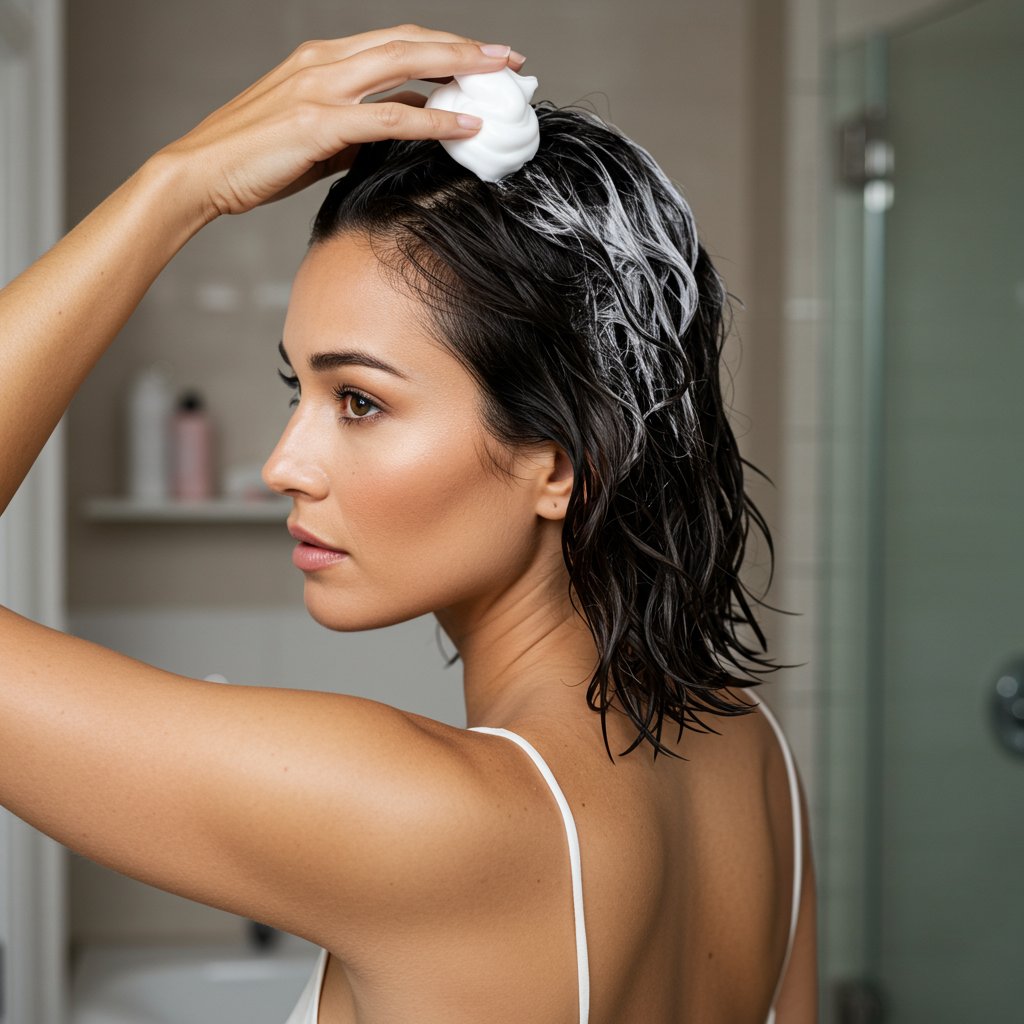
The key to overnight success is getting your hair to the right level of damp—not soaking wet and not fully dry. Hair that is too wet will likely not dry completely overnight, especially if it's thick or wrapped tightly, leaving you with limp, misshapen waves. Hair that is too dry won't hold the new shape. Aim for your hair to be about 80-90% dry. It should feel cool to the touch but not drip water when squeezed. If you're starting with dry hair, you can use a spray bottle filled with water to lightly mist your strands until they reach this optimal state.
Once your hair is perfectly damp, it's time to apply products that will provide hold, definition, and frizz control. A lightweight mousse or a curl-defining cream is an excellent choice. Apply a golf-ball-sized amount of mousse or a dime-sized amount of cream, distributing it evenly from roots to ends using your fingers or a wide-tooth comb. For extra hold, especially if your hair is naturally straight and resistant to curling, you can lightly spritz a flexible-hold hairspray. If your ends are prone to dryness, a small amount of leave-in conditioner or hair oil can provide extra moisture and a smoother finish. This product cocktail will give your no-heat curls the structure they need to form properly and last throughout the day.
Some of the most reliable and time-tested methods for achieving no-heat curls involve simple braids and buns. The beauty of these techniques lies in their simplicity and versatility, as different styles produce distinct wave patterns. For soft, beachy waves, a simple three-strand braid is perfect. Divide your damp, prepped hair into one or two sections (one braid for looser waves, two for tighter ones) and braid down to the ends, securing with a gentle hair tie like a scrunchie to avoid creating dents. For a more defined, crimped look, try multiple smaller braids distributed evenly around your head.
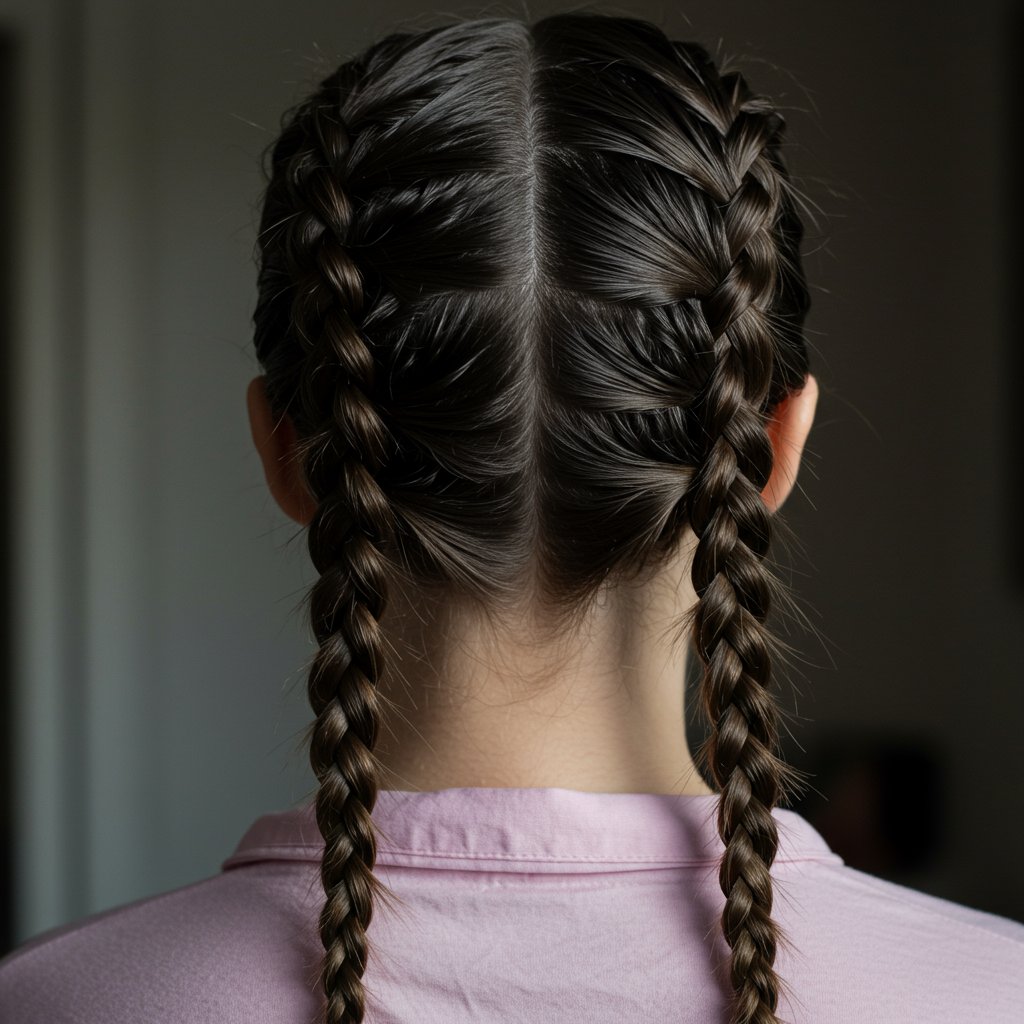
For waves that start closer to the root and have a more uniform pattern, a French or Dutch braid is the way to go. A French braid involves adding new sections of hair to the main strands as you braid downwards, creating a smooth transition from the scalp. A Dutch braid (or 'inside-out' French braid) is similar, but you cross the strands under instead of over, which makes the braid pop and can result in slightly more defined S-waves. Buns are another fantastic option for creating soft, bouncy curls. A single high bun (a 'sock bun' or a twisted topknot) will create large, voluminous waves, while two smaller 'space buns' will result in tighter, playful curls.
The beauty industry has responded to the demand for effective no-heat styling with innovative tools designed for maximum comfort and stunning results. The most popular of these is the heatless curling ribbon, typically made of silk or satin to minimize friction and frizz. This tool consists of a long, padded ribbon that you place over your head like a headband. You then wrap sections of damp hair around the ribbon, starting from the front and adding more hair to each section as you work your way back, similar to a French braid. Once all the hair is wrapped, you secure the ends with scrunchies. Sleeping in this is surprisingly comfortable, and in the morning, you simply unwind your hair to reveal uniform, glamorous curls.
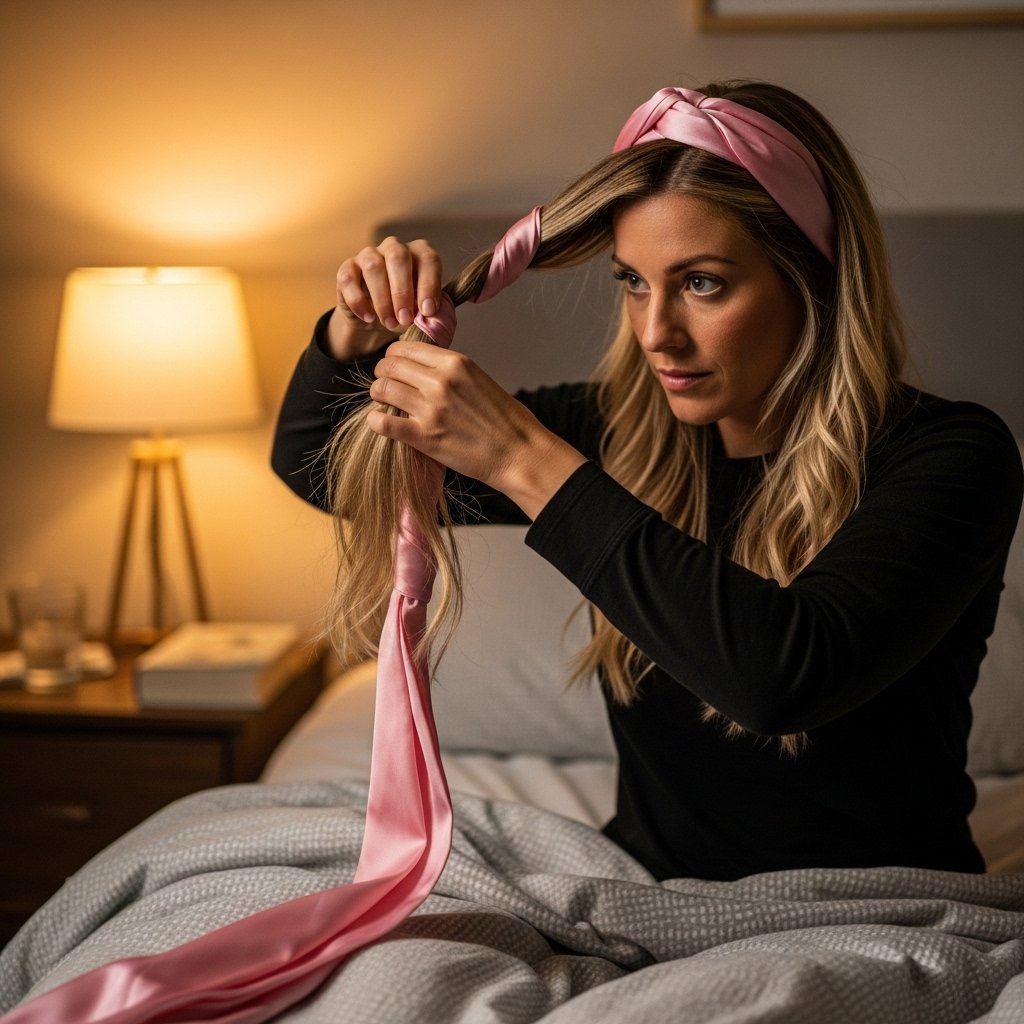
Another excellent tool is the set of flexible foam curling rods, often called 'flexi-rods.' These come in various diameters, allowing you to customize the tightness of your curls. To use them, you take a small section of damp hair, place the rod at the end, and roll the hair up towards the root. Once you reach the scalp, you bend the ends of the rod to secure it in place. By varying the section size and rod diameter, you can achieve anything from tight ringlets to loose, Hollywood-style waves. Both the ribbon and flexi-rods are fantastic for creating more defined and intentional curl patterns than you might get from braids or buns, making them a favorite for special occasions.
You don't need fancy tools to achieve beautiful no-heat curls; sometimes, the best solutions are found right in your own home. One of the most popular DIY methods involves using strips of an old cotton t-shirt. Cut a clean t-shirt into several long strips, about one to two inches wide. Take a section of damp hair, and starting from the end, roll it up around the middle of a t-shirt strip until you reach the root. Then, take the two loose ends of the strip and tie them in a knot to secure the hair. This method is incredibly comfortable to sleep on and produces soft, natural-looking spiral curls.
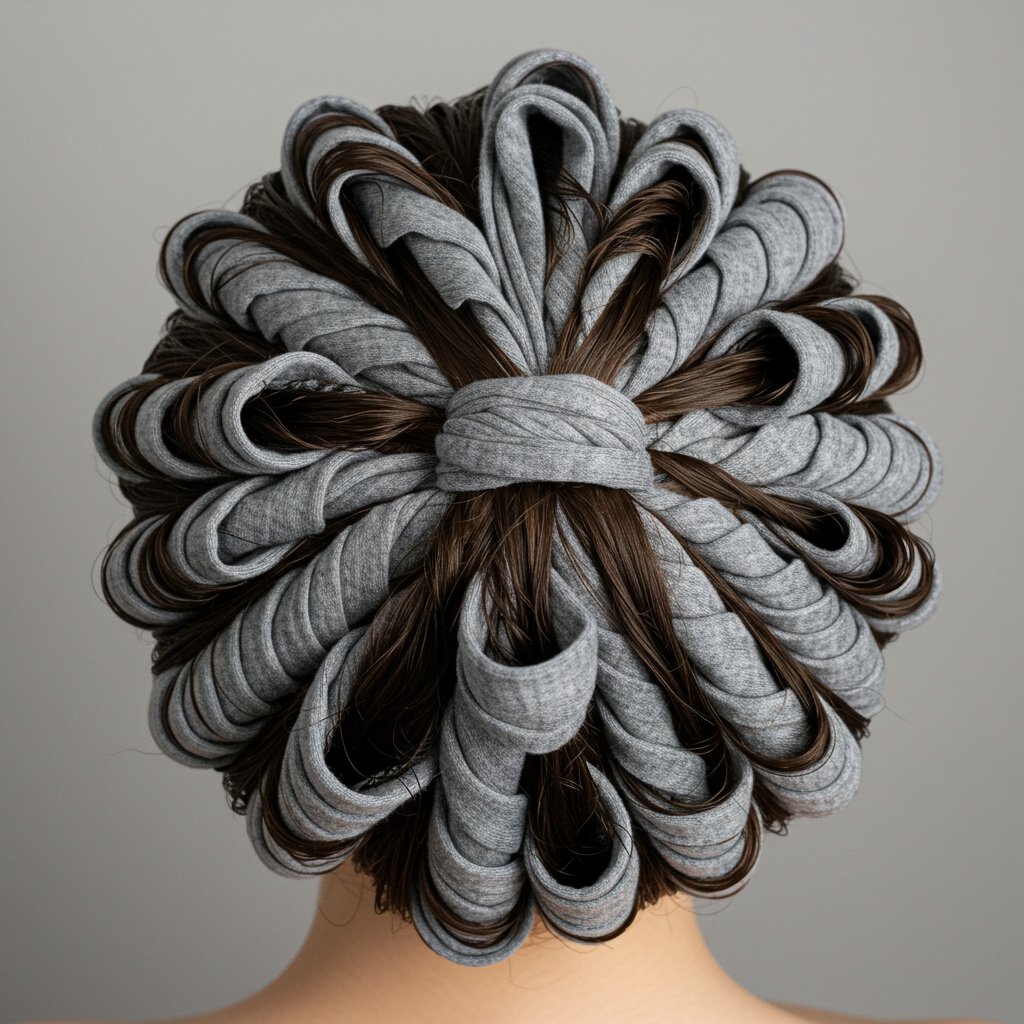
Another classic hack is the sock bun method. Find a clean sock and cut off the toe. Roll the sock down from the opening until it forms a doughnut shape. Pull your damp hair into a high ponytail, then thread the ends of the ponytail through the center of the sock doughnut. Begin tucking and rolling the ends of your hair around the sock, and continue rolling the sock down the ponytail towards your head, gathering more hair as you go. Once you reach the base, your hair will have formed a perfect bun around the sock. In the morning, you'll have voluminous, bouncy curls. These resourceful methods prove that with a little creativity, you can achieve salon-worthy results without spending a dime.
The morning reveal is the most exciting part, but how you take down and style your curls is crucial for a polished, long-lasting finish. The first rule is to ensure your hair is 100% dry. If you feel any dampness, the curls will not hold. If needed, use a blow dryer on a cool setting for a few minutes to remove any remaining moisture. Once you're confident it's dry, gently and carefully begin to unwind your hair. Whether you're undoing braids, removing rods, or untying knots, work slowly to avoid creating frizz or disrupting the curl pattern you worked so hard to create.
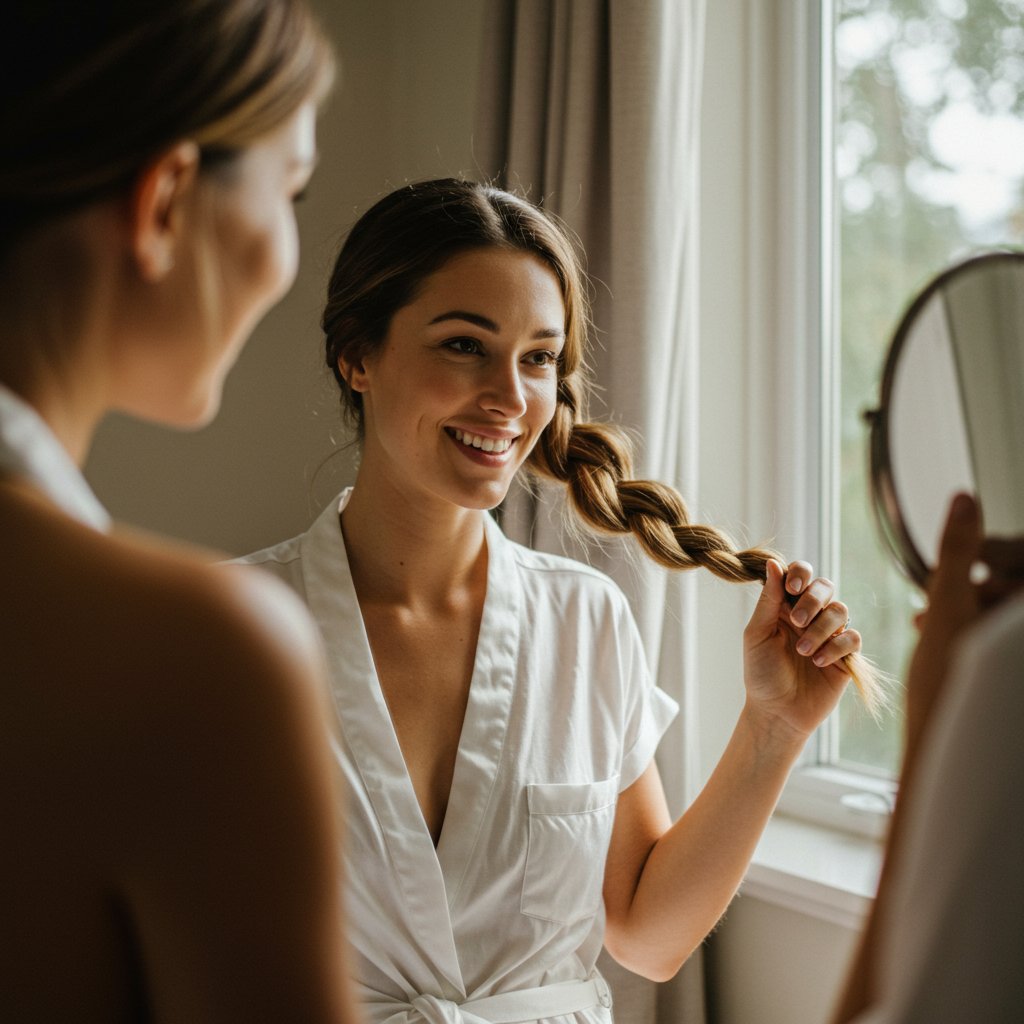
After all your hair is released, resist the immediate urge to brush it! A brush will break up the curls and create a frizzy, undefined look. Instead, use your fingers to gently separate the curls and arrange them. For a softer, more voluminous look, you can flip your head upside down and gently shake your hair at the roots. To set the style and add longevity, use a light-hold, flexible hairspray or a texturizing spray. A light mist is all you need—too much product can weigh the curls down. For extra shine and to tame any flyaways, you can apply a tiny drop of hair serum or oil to your palms, rub them together, and gently smooth them over the surface of your hair.
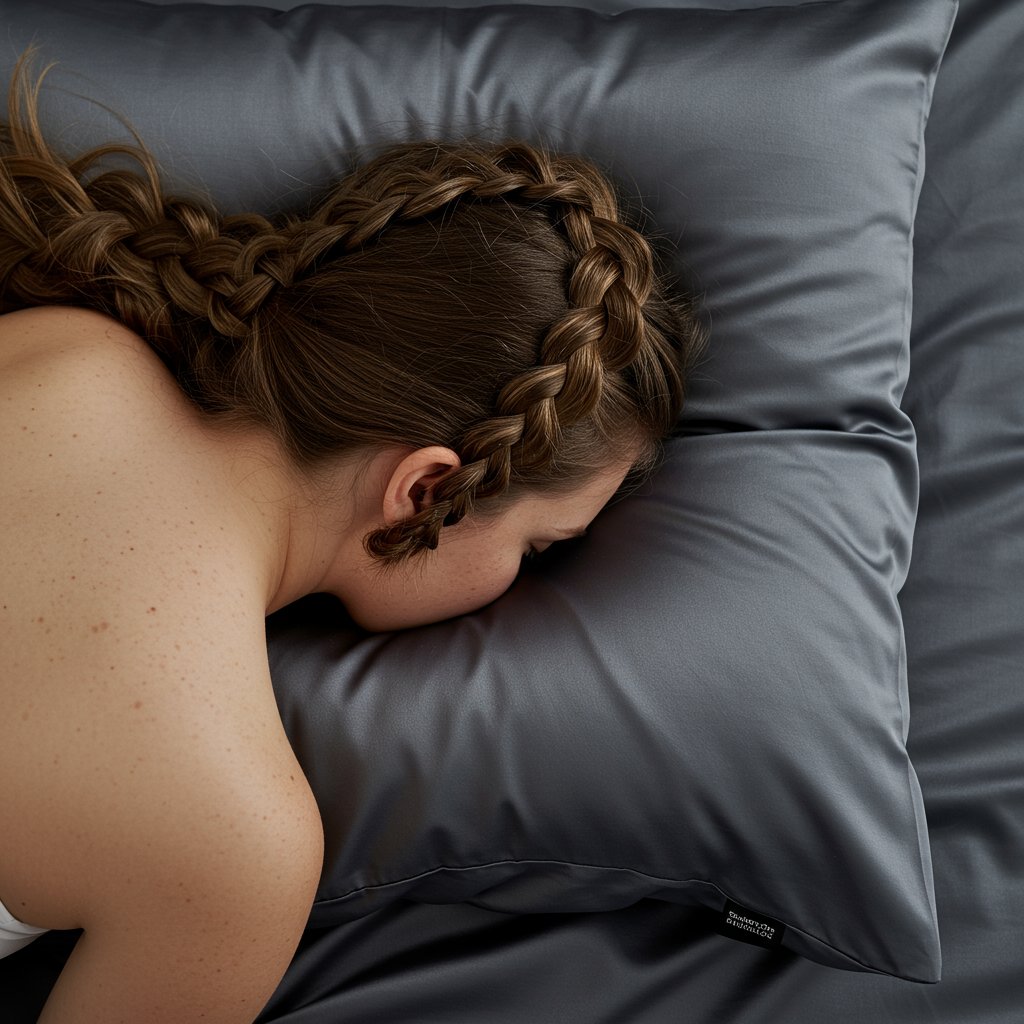
Making the switch to no-heat curling methods is one of the kindest things you can do for your hair. It's a journey back to celebrating your hair's natural potential, freeing you from the daily ritual of damaging heat styling and the cycle of repair that follows. By mastering these overnight techniques, you're not only saving precious time in your morning routine but also investing in the long-term health, strength, and shine of your locks.
Whether you prefer the soft, beachy texture from a simple braid, the glamorous spirals from a silk ribbon, or the bouncy volume from a sock bun, there is a no-heat method perfectly suited to your hair type and desired look. Experiment, have fun with the process, and enjoy the confidence that comes with waking up to beautiful, healthy, and effortlessly styled hair. It’s proof that sometimes the most stunning results come from the gentlest approach.
Download our app to instantly see how you'd look with any hairstyle or color
Get the App
12 min read

12 min read

14 min read